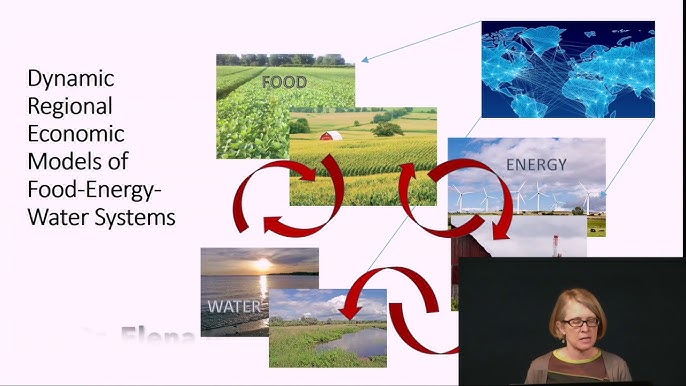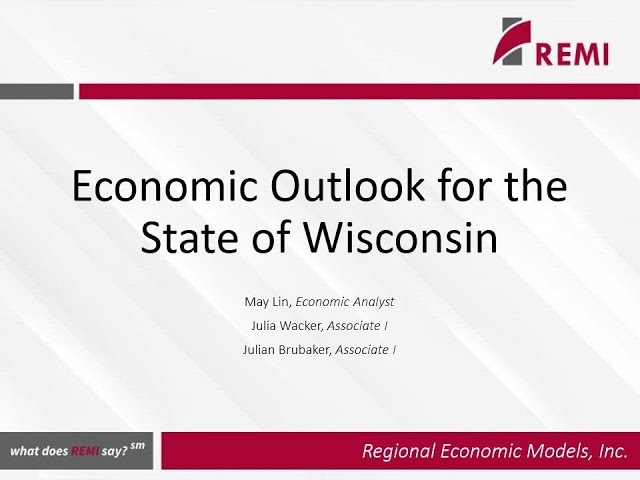



The Client
REMI was founded in 1980. They are the provider of world’s leading regional policy analysis models. Their commitment to a better understanding of the economy drives their unceasing process of innovation in economic theory and practice, software development and application, and the use of quantitative economic analysis to guide policy decisions.
The Need
The client requirement was an online database that can place all the depth of information REMI has to offer at the user’s fingertips in an easily searchable format.
Introduced, eREMI based on the trusted REMI methodology that has been used by clients throughout the nation and the world for over thirty years. The application need to include tabulated results, customizable graphs, and heat maps.
So that, the user can view:
Geographic profiles for any county, which include information such as location quotients, trade balances, and the components of population change.
Demographic shifts that driven by a variety of forces, including local employment opportunity, compensation rates and local prices.
Industries within an economy required to be interconnected so that as a leading industry grows, the forecast will also include changes along the supply chain.
The Solution
Internally consistent data makes eREMI the most comprehensive economic and demographic county-level data set for the nation’s 3,000+ counties. The detailed data set includes a full complement of variables covering 808 demographic cohorts, allowing users to see a detailed picture of the future population for every US county. Industry detail at 23, 70 or 160 sectors enables users to compare local industries to other regions through measures of competitiveness, productivity and business costs.
eREMI provides a deeper understanding of:
The final product included:
- Demographic Forecasts: To discover the underlying reasons for population shifts over time.
- Economic Forecasts: Able to plan for the future in terms of economy with the tools of present.
- Heat Map: Visualize the spatial distribution of economic and demographic variables in the regions of United States.
- Geographic Profiles: Identify unique characteristics of the region with analytical tools.
- Economic conditions: Employment opportunities, income levels, and economic stability often drive migration and population growth in certain areas.
- Migration patterns: Internal and external migration due to conflict, education, or better living standards affects population distribution.
Tools and Technologies





